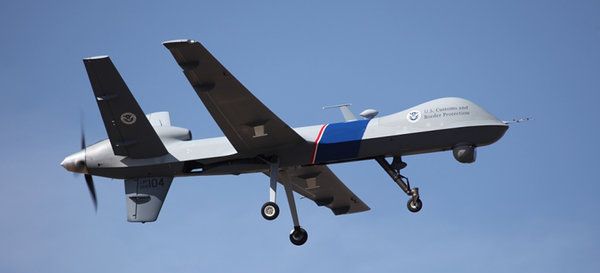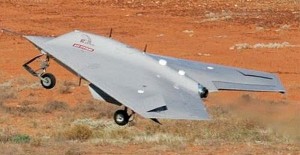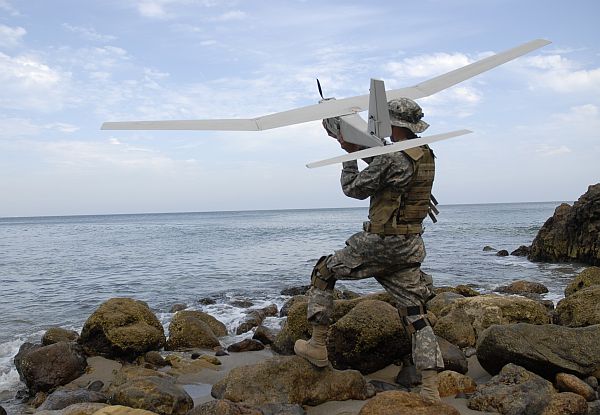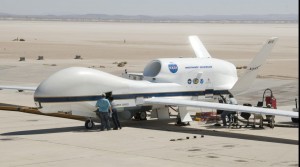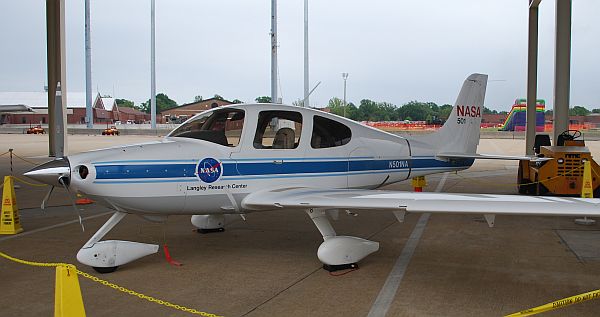Podcast: Play in new window | Download (Duration: 32:41 — 15.1MB)
UAS regulation proposals from CASA in Australia and from a listener in the U.S., a “Ten best drones” list, NASA testing sense and avoid with a Predator, and bright job prospects for those with UAS skills.
The News:
NPRM 1309OS – Remotely Piloted Aircraft Systems
Australia’s ‘low risk’ drone strike stance could bring down airliners
Certified UAS operators in Australia hits 100
The Australian CASA released an NPRM (a Notice of Proposed Rule Making) on May 14 concerning Remotely Piloted Aircraft (or RPA) used for commercial operations. It excludes model aircraft used for recreational purposes, but it does have provisions for a “low risk” class of RPA with a gross weight of no more than 2 kilograms:
10 Best Remote Control Drones for 2014
The editors at Faveable made a list of what they believe to be the ten best consumer drones available today.
NASA Wants To Prove Predator Drones Can Play Nice With Airliners
NASA plans to fly an MQ-9 Predator B and two manned manned aircraft in the same airspace. The idea is to test sense and avoid algorithms under real world conditions.
Graduates with drone skills are going to be in demand soon
If you can design, build, or operate drones, you might have a bright future ahead of you. In a 2013 report, the Association for Unmanned Vehicle Systems International says we could see 70,000 new jobs in the U.S. within three years, and 100,000 new jobs by the year 2025.
Video of the Week:
Use stacking and morphing technology to create HDR images from your drone videos.
Listener Feedback:
Roy submits two articles for consideration:
Question: What Should the FAA Do About Small UAS? – General Aviation needs to participate in the conversation.
UAVs: Chafing (Rightfully) Against Regulation – The UAV industry and enthusiasts are different than “legacy” aviation. They are historically unrestrained by regulations, and live in a world of fast technology change. The FAA is talking like they are in charge, but they aren’t.
Roy also offers the things he thinks the FAA should be looking at when classifying UAS: weight, speed, and type of control. Type of control defined as:
- Line of sight and the pilot has to watch it.
- Point of view and the pilot flies it by watching a video feed from the drone.
- Completely autonomous, so no pilot is required.


